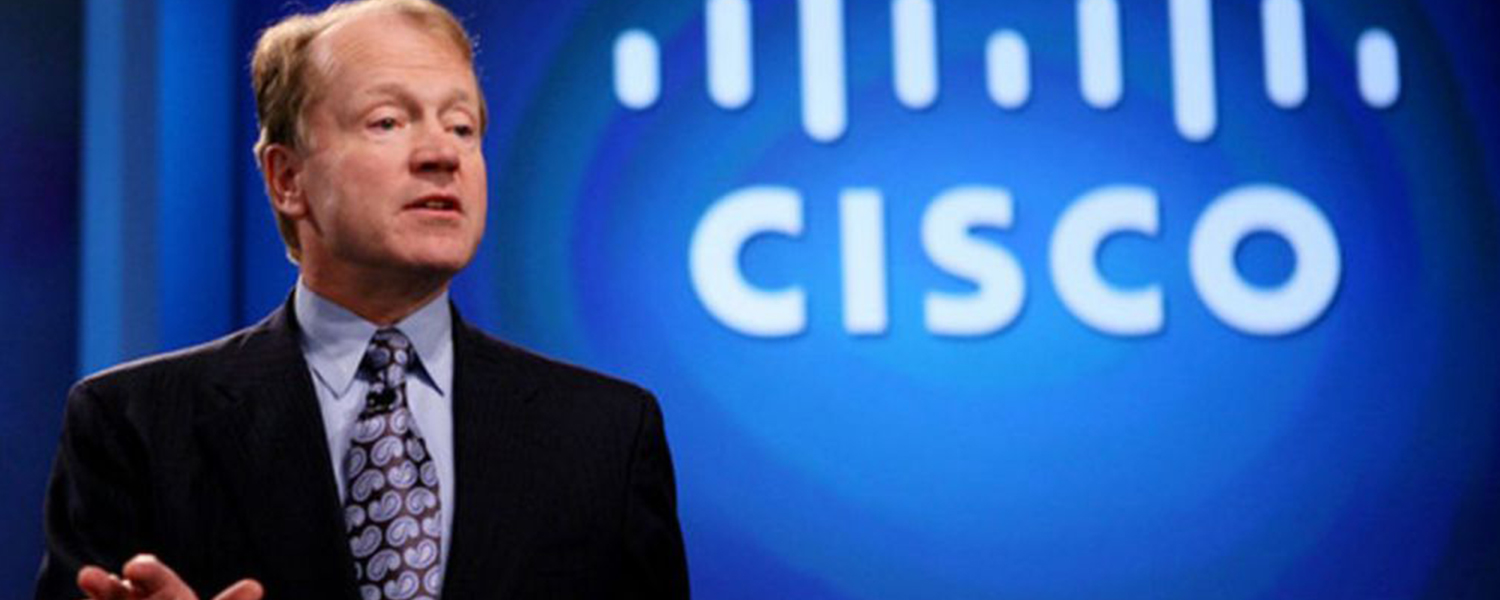
Businesses need to be wary of what's on offer from the ultra-fast broadband rollout.
Q: Many small businesses are still getting to grips with the ultra-fast broadband rollout.
What speeds are available and how much do businesses need for a return on investment?
Simply put, there are three main variants that 90 per cent of businesses will be choosing from, as follows (with mbit/s download speed being first, upload second): 30/10, 100/50 and 100/100. For a business with fewer than 10 staff, go with the 30/10; if you have 11 to 40 staff, go with the 100/50; and 41-100 staff, the 100/100.
By comparison, most businesses are on ADSL2+, which has a maximum theoretical speed of 24/1, but you would be lucky to get half that and it carries no guarantee of service. Hence things slow down when the kids come home and there is congestion at peak times.
In our opinion, there's no question about return on investment as every business is becoming increasingly reliant on the internet.
One of New Zealand's first businesses to connect to UFB, Brian Holgate Panelbeaters in Albany, uses a cloud-based panel-beating solution out of Australia and has constantly struggled with poor speed and connectivity using a shared international service. Since we linked it up with 30/10 and our Sprint 1 data service they've been flying and reaping the rewards with boosted productivity and morale.
Q: What about data usage - how much do businesses need?
The key with data is to ensure you are getting unlimited national and international transit. It is critical to remember that the typical Kiwi business has over 90 per cent of international transit as their primary usage, so what's important is how much committed information rate (CIR) you have over your international pipe. Most businesses will have 0/0 CIR on international. But as business reliance on the internet grows, this will become infeasible and unwise, although the major telcos are still trying to push things that way.
Q: What UFB services should business owners ensure they're getting?
Typically you won't get bundled services from a business provider. You will from those in the residential sector, however.
The services you should look to layer over the top of the fibre infrastructure is VOIP, or voice over internet protocol.
This is one of the core intended functions of the UFB network. Although VOIP has a bad name in certain areas of New Zealand, this was largely due to those who tried to deliver it over infrastructure that carried zero CIR. Implementing VOIP will take, on average, 30 per cent of your current telecommunications expenditure.
Q: It's a highly competitive market - what should business owners be wary of?
Many of the new UFB providers offer 24/7 guarantees, yet these technically can't be delivered as it's not offered from Chorus to the retail service providers themselves.
I believe it's a bit of a have.
Also there are huge quality differences in VOIP services available on the open market.
If it looks too good to be true, it probably is.
Patrick Kershaw is the co-founding director of One Fibre,
New Zealand's largest UFB/voice partner with Chorus servicing the commercial sector


Investment is schools in 2015 will see major school property developments and technology in classrooms. Associate Education Minister Nikki Kaye says the Government will invest $6...
Read More
In order to still exist in 10 years, companies need to partner up and embrace change, says John Chambers, Cisco Systems CEO. “In the high-tech industry, our competitors from 15-2...
Read More